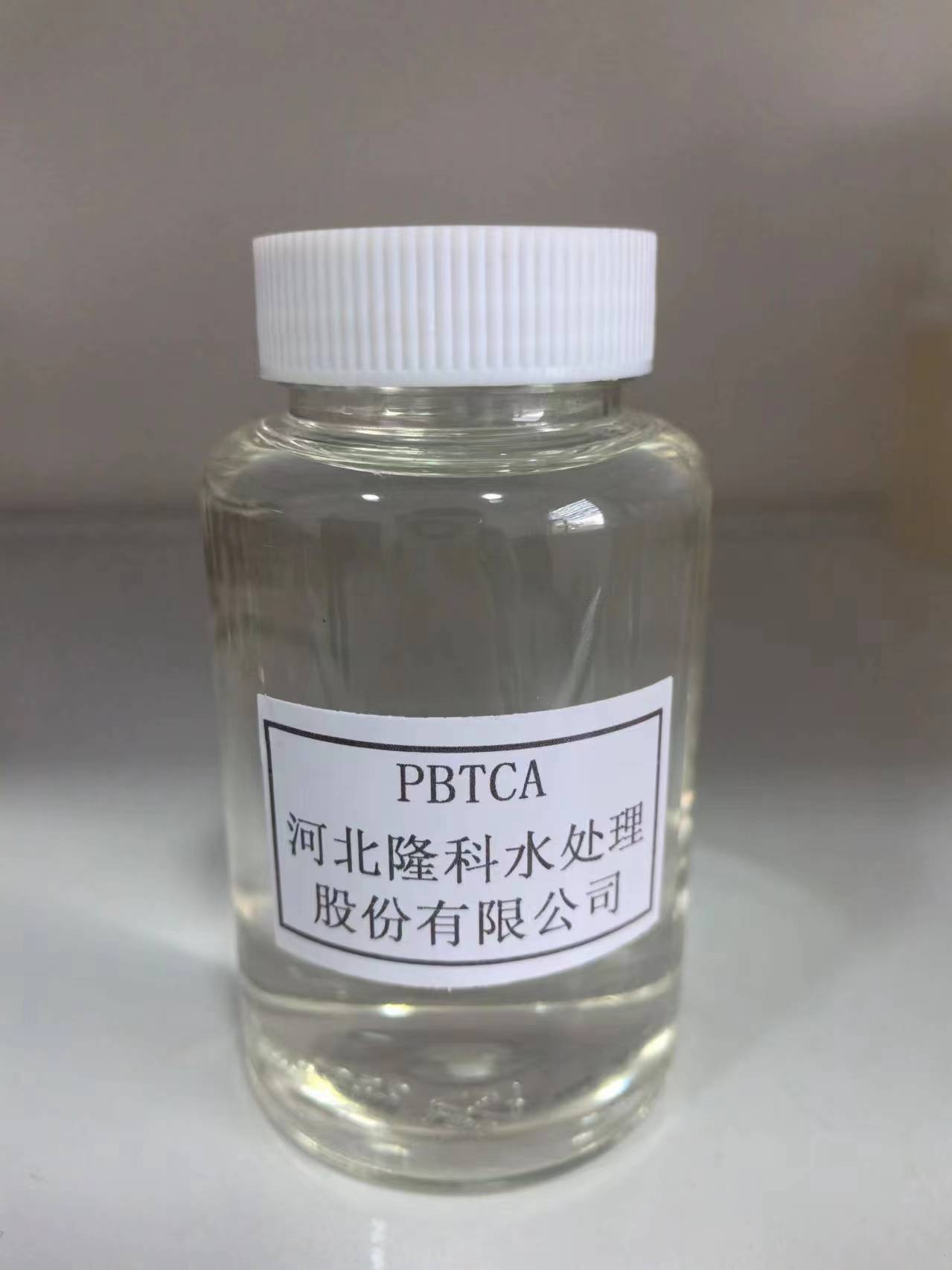Effective Coagulants and Flocculants for Water Treatment Applications and Solutions
The Role of Flocculation Chemicals in Water Treatment
Water treatment is an essential process that ensures clean and safe water for consumption, agricultural use, and industrial applications. One of the key stages in water treatment is flocculation, a process that helps to remove impurities and suspended particles from water. This article delves into the significance of flocculation chemicals in water treatment, their types, mechanisms, and benefits.
What is Flocculation?
Flocculation is a physical-chemical process that involves the aggregation of colloidal particles into flocs or clumps. It is often preceded by coagulation, where chemicals are added to destabilize the particles in water, allowing them to come together. The flocs formed during flocculation are then removed through sedimentation or filtration. This two-step process is crucial in treating water to make it safe for drinking and other uses.
Types of Flocculation Chemicals
Flocculation relies on various chemical agents, each playing a unique role in enhancing the effectiveness of the process. The main categories of flocculation chemicals include
1. Coagulants These chemicals are responsible for neutralizing the charges on suspended particles, allowing them to aggregate. Common coagulants include alum (aluminum sulfate), ferric chloride, and polyaluminum chloride. Each of these coagulants has its advantages and is selected based on specific water quality parameters.
2. Flocculants Once the particles are destabilized, flocculants promote the growth of larger flocs, facilitating their removal. These are often polymers, either natural or synthetic. Cationic, anionic, and non-ionic polymers are commonly used, with the choice depending on the characteristics of the water and the type of impurities present.
3. pH Adjusters The efficiency of flocculation often depends on the pH of the water. pH adjusters, such as lime or sulfuric acid, help maintain optimal pH levels for effective coagulation and flocculation.
Mechanisms of Action
The effectiveness of flocculation chemicals is largely determined by their mechanisms of action. Coagulants, for instance, help to neutralize the negative charges on particles, reducing their repulsive forces. This leads to the formation of smaller aggregates or microflocs. Flocculants then bridge these microflocs together, enhancing the size and settleability of the resultant flocs.
water treatment flocculation chemicals

In the case of polymeric flocculants, the long-chain molecules can intertwine with the particulates, creating a network that traps multiple particles together. This aggregation increases the mass of the flocs, making them easier to separate from the water during sedimentation or filtration.
Benefits of Using Flocculation Chemicals
The incorporation of flocculation chemicals in water treatment offers several benefits
1. Improved Water Quality The primary benefit of flocculation is the significant removal of suspended solids, turbidity, and other impurities from water. This leads to cleaner, safer water for drinking and other uses.
2. Enhanced Efficiency The use of flocculation chemicals can reduce the time and energy required for water treatment processes. Larger flocs settle faster, which can shorten sedimentation times and improve the overall efficiency of treatment systems.
3. Versatility Flocculation chemicals can be tailored to different applications, including municipal water treatment, wastewater management, and industrial processes. This versatility allows for optimized solutions based on specific water quality challenges.
4. Cost-Effectiveness Although there are costs associated with purchasing flocculation chemicals, the overall reduction in treatment time and energy can lead to significant cost savings in water treatment operations.
Challenges and Considerations
While flocculation chemicals play a pivotal role in water treatment, there are challenges and considerations to keep in mind. The selection of appropriate chemicals must be based on comprehensive water quality testing to ensure optimal results. Additionally, the potential environmental impact of chemical residues in treated water requires careful management and regulation.
Conclusion
Flocculation chemicals are indispensable in the quest for clean and safe water. By facilitating the removal of impurities, they enhance water quality, improve treatment efficiency, and offer versatile solutions for various applications. As the demand for clean water continues to rise, understanding and optimizing the use of flocculation chemicals will be crucial in ensuring sustainable water treatment practices.
-
LK-319 Special Scale And Corrosion Inhibitor For Steel Plants: Advanced Solutions for Industrial Water SystemsNewsAug.22,2025
-
Flocculant Water Treatment: Essential Chemical Solutions for Purification ProcessesNewsAug.22,2025
-
Isothiazolinones: Versatile Microbial Control Agents for Industrial and Consumer ApplicationsNewsAug.22,2025
-
Scale Inhibitor: Key Solutions for Water System Scale PreventionNewsAug.22,2025
-
Organophosphonates: Versatile Scale Inhibitors for Industrial Water SystemsNewsAug.22,2025
-
Scale and Corrosion Inhibitor: Essential Chemical Solutions for Water System MaintenanceNewsAug.22,2025





